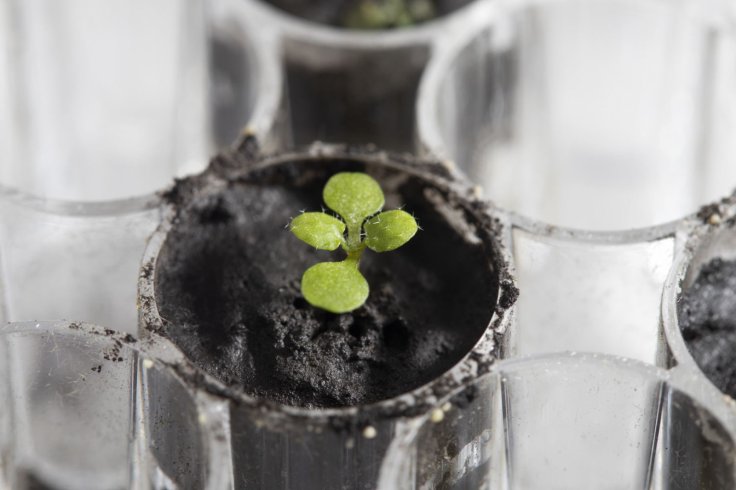A recent study funded by NASA has achieved breakthrough results as researchers successfully grew plants in soil from the moon collected by Apollo astronauts. The research findings were published in Communications Biology Journal on Thursday.
Researchers from the University of Florida's Institute of Food and Agricultural Sciences conducted with the help of moon soil also called lunar regolith received from NASA. The small samples of soil came from the Apollo 11, 12 and 17 missions to the moon, according to the Guardian reports.

"We wanted to do this experiment because, for years, we were asking this question: Would plants grow in lunar soil," said Rob Ferl one of the study's authors, "The answer, it turns out, is yes."
As explained by NASA, the researchers used just about one gram of lunar soil in plastic thimbles, soaked it with a nutrient solution and added seeds of a small flowering plant thale cress. The trays were then placed into terrarium boxes and nutrient solution was added to it every day.
Seeds sprouted within 48 to 60 hours and stunned the researchers who did not believe that the harsh moon dirt could allow the process of germination.

There was also a control group that utilized volcanic ash as soil for the same experiment with the aim to note reactions in 'fake moon dirt'. The researchers observed that within a week the thale cress in lunar soil displayed signs of growth that were much different to that observed in the volcanic ash.
According to NASA, the lunar regolith plants "grew slowly and had stunted roots. Some even had stunted leaves and sported reddish pigmentation." The researchers later deduced that the coarseness and other properties of the lunar regolith stressed the thale cress ultimately affecting their growth.

"At the genetic level, the plants were pulling out the tools typically used to cope with stressors, such as salt and metals or oxidative stress, so we can infer that the plants perceive the lunar soil environment as stressful," said Anna-Lisa Paul, another one of the study's authors.
Variety of reactions were noted from different lunar soil samples. Since each of the missions collected samples from distinct sites, the researchers observed samples from Apollo 11 to be least conducive in comparison to the samples received from the other two Apollo missions, according to CBS news.
Nonetheless, NASA hailed the discovery as one that opened doors for future missions of harvesting plants in habitats on the moon and for provided an in-depth understanding of how the plants would survive in similar stressful environments on Earth.









